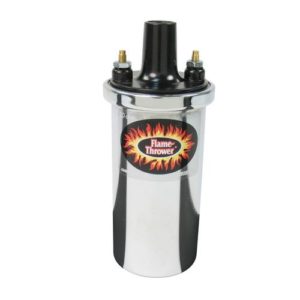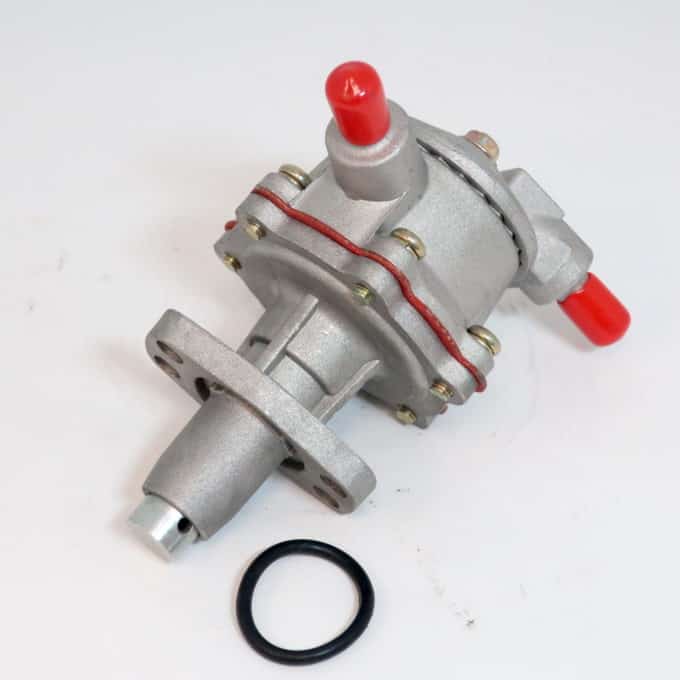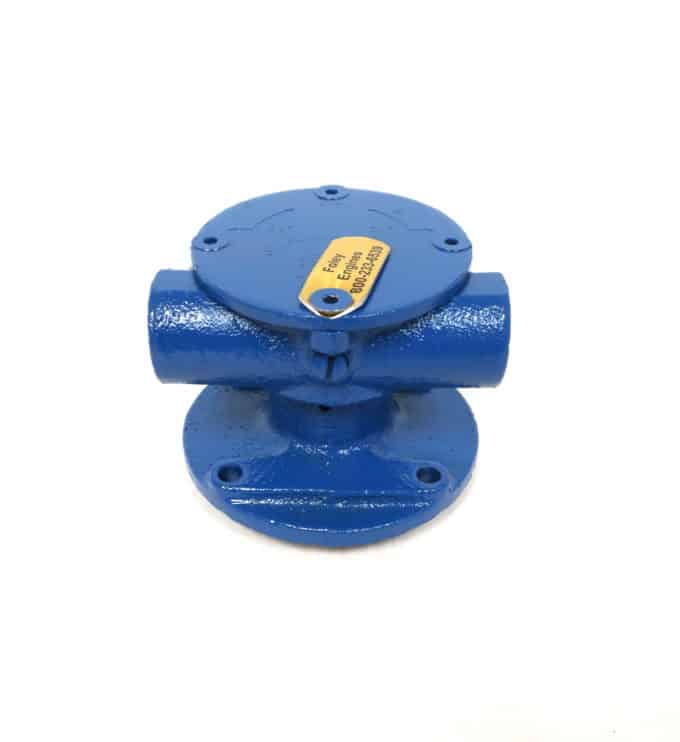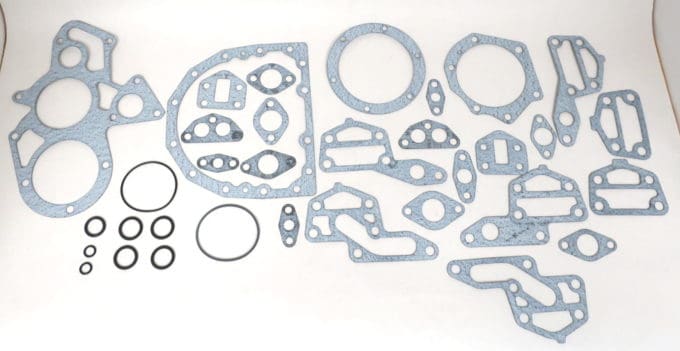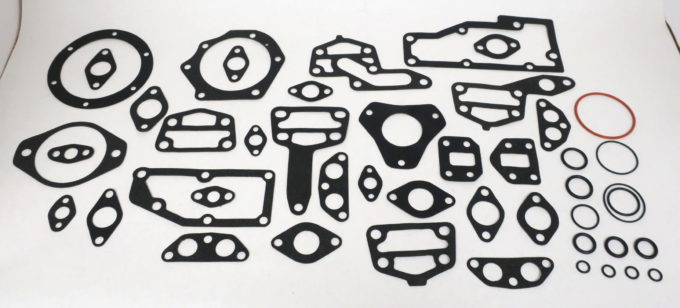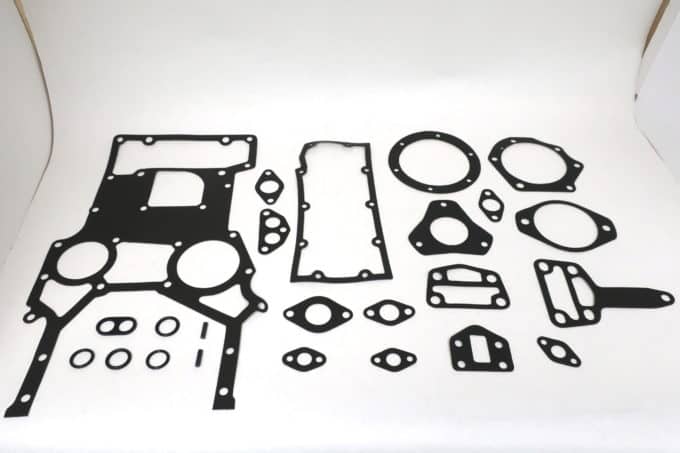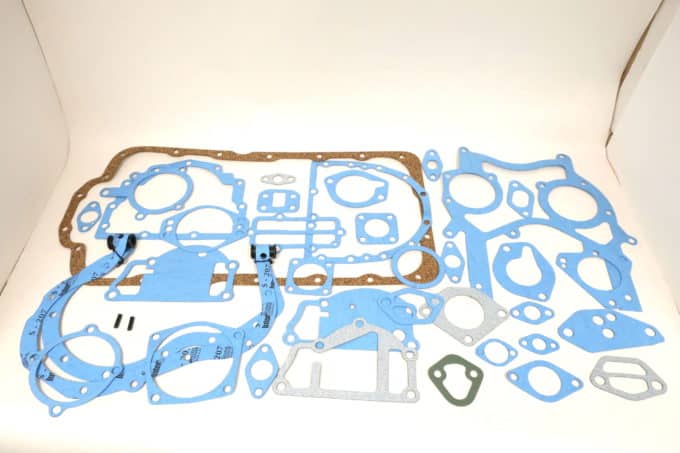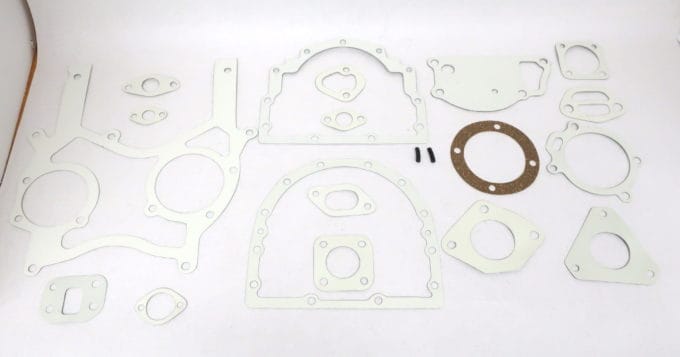Helpful guide regarding the installation of a Continental or Perkins Water Pump Pulley
A lot of us these days never grew up on farms or have had experiences where basic mechanical skills were taught. This Tech Tip shows you how to install a water pump pulley without breaking it or, more likely, ruining your new water pump.
- Using WD40, remove the old water pump from the engine and clean the mounting surface on the engine block.
- Thoroughly drain, flush, and reverse flush your radiator and engine block to remove all scale and rust.
- Remove the backing plate from the old pump and measure the distance from the rear of the pump body to the rear of the pulley flange.
- Carefully remove the old pulley using a puller and check the sheaves for abrasions. (Note: This would be a good time to paint your pulley with a resistant paint.) Apply Locktite retainer compound to the pulley bore.
- Place the pulley face down on a flat surface and, using an arbor, press the end of the shaft to the determined distance in Step 3. The pulley should turn freely when installed.
- Install the pump on the blocks with a new gasket. Check all hoses, fill the engine with coolant, and, while running, check for leaks.
As a side note, please keep in mind that not only can a press-on pulley be difficult to remove and press onto the new pump, it can be expensive if you break the pulley. Perkins press-on pulleys, such as on the Perkins 4.108, are more expensive than the pump itself. Because of this, we ship all of our Perkins 4.108 fresh water pumps with a pulley already pressed on. This saves you time and money. Continental TM27 pulleys are less expensive than a Perkins 4.108 pulley but we include them on most of the Continental TM27 pumps we ship, especially on Welder applications.

